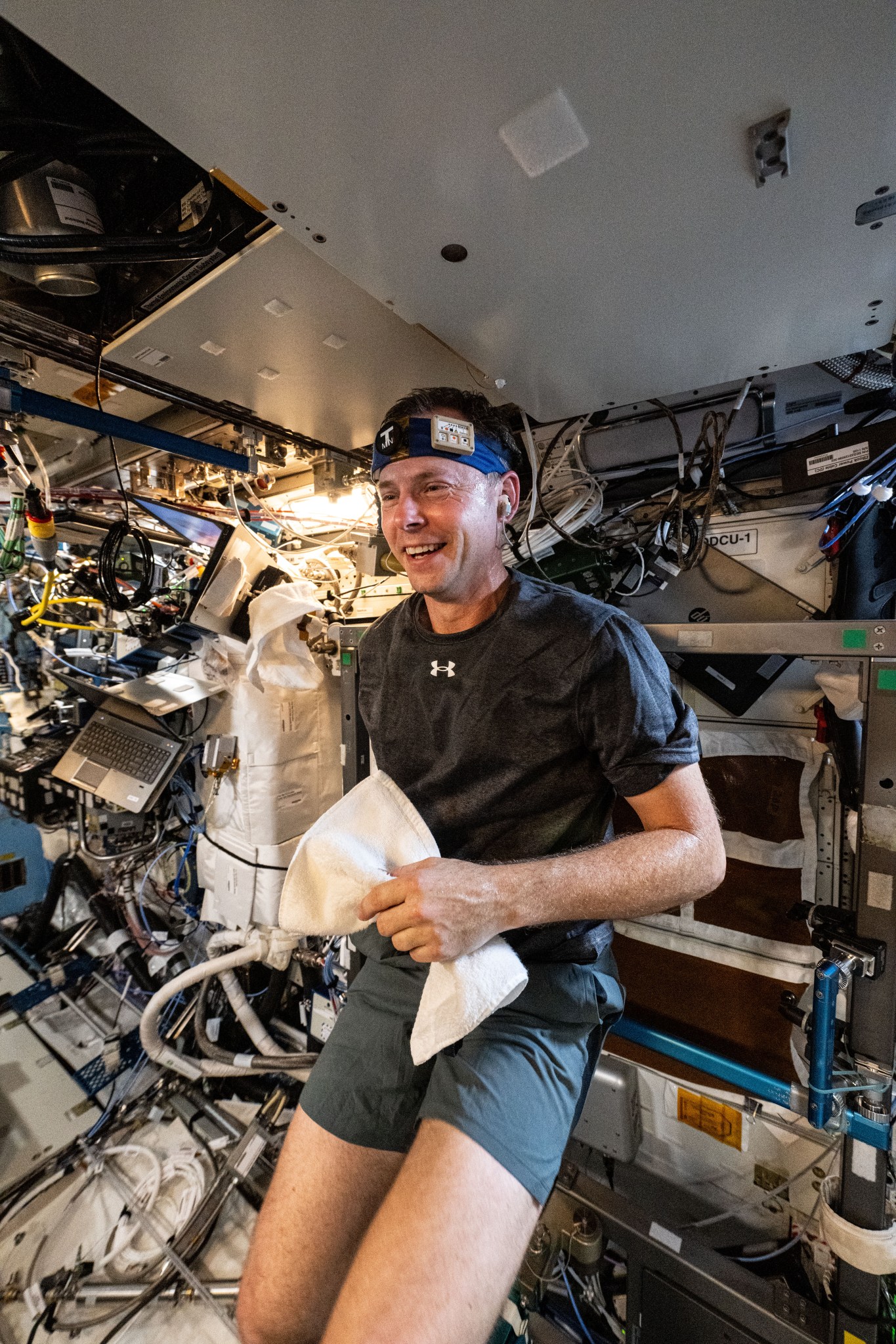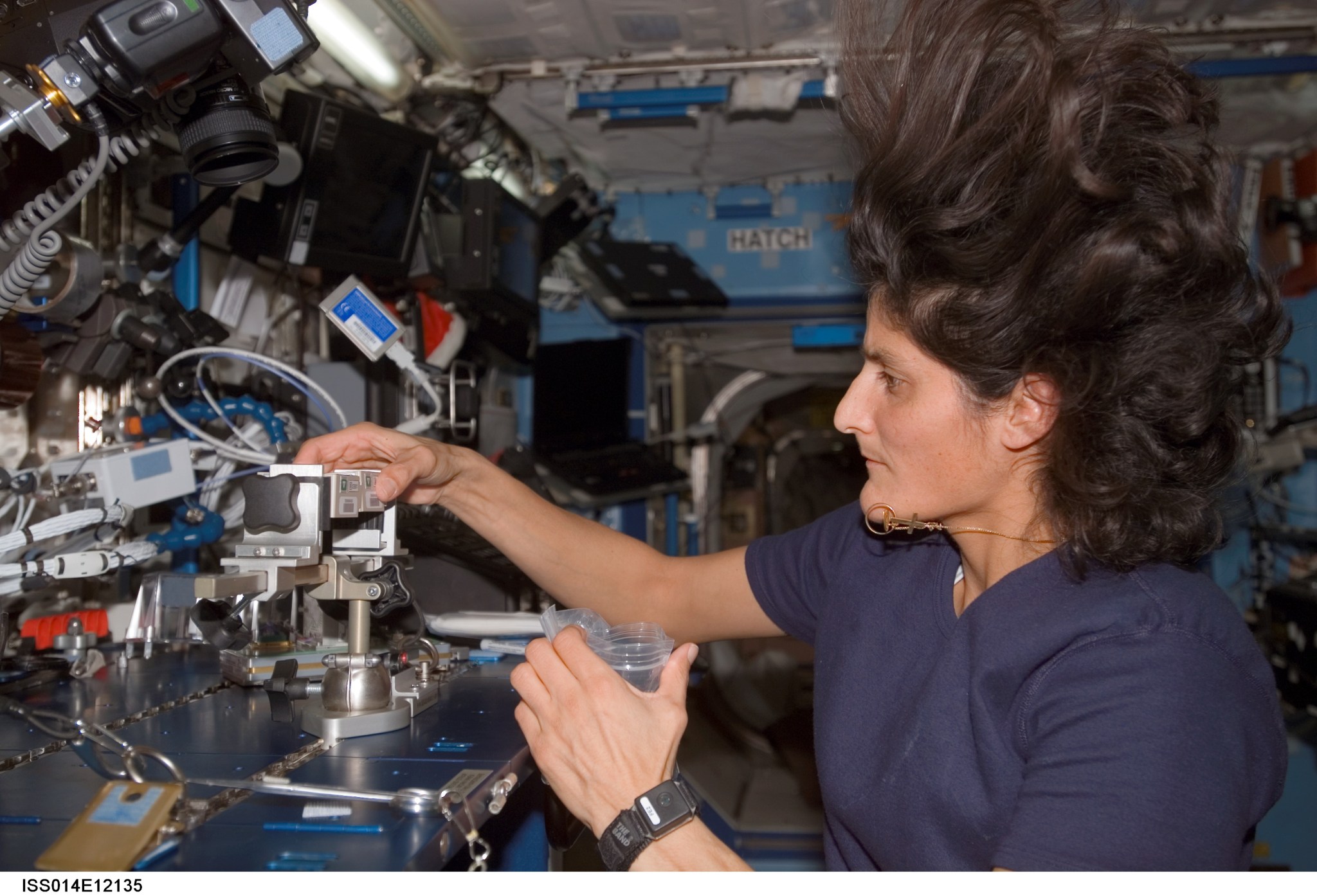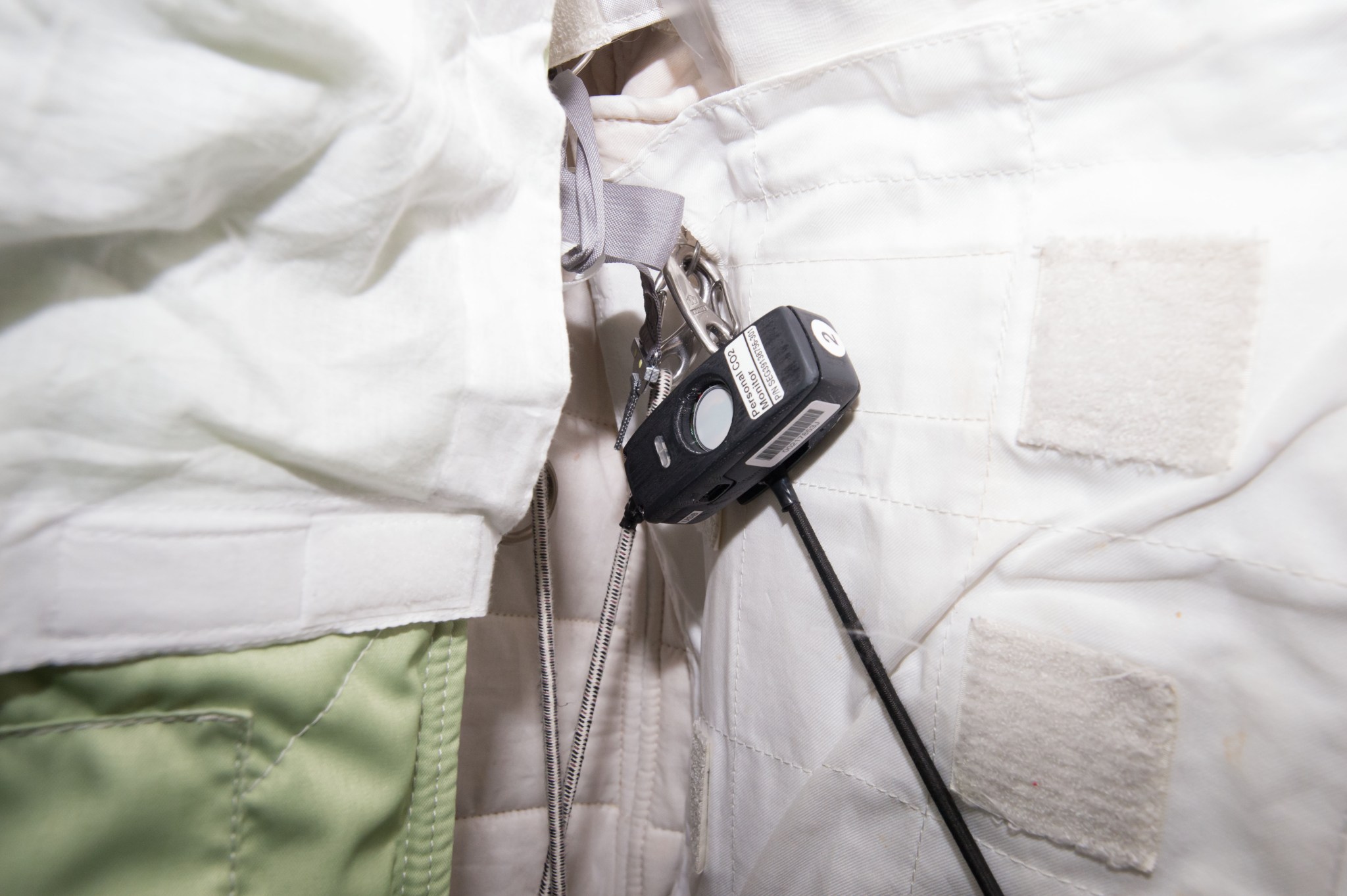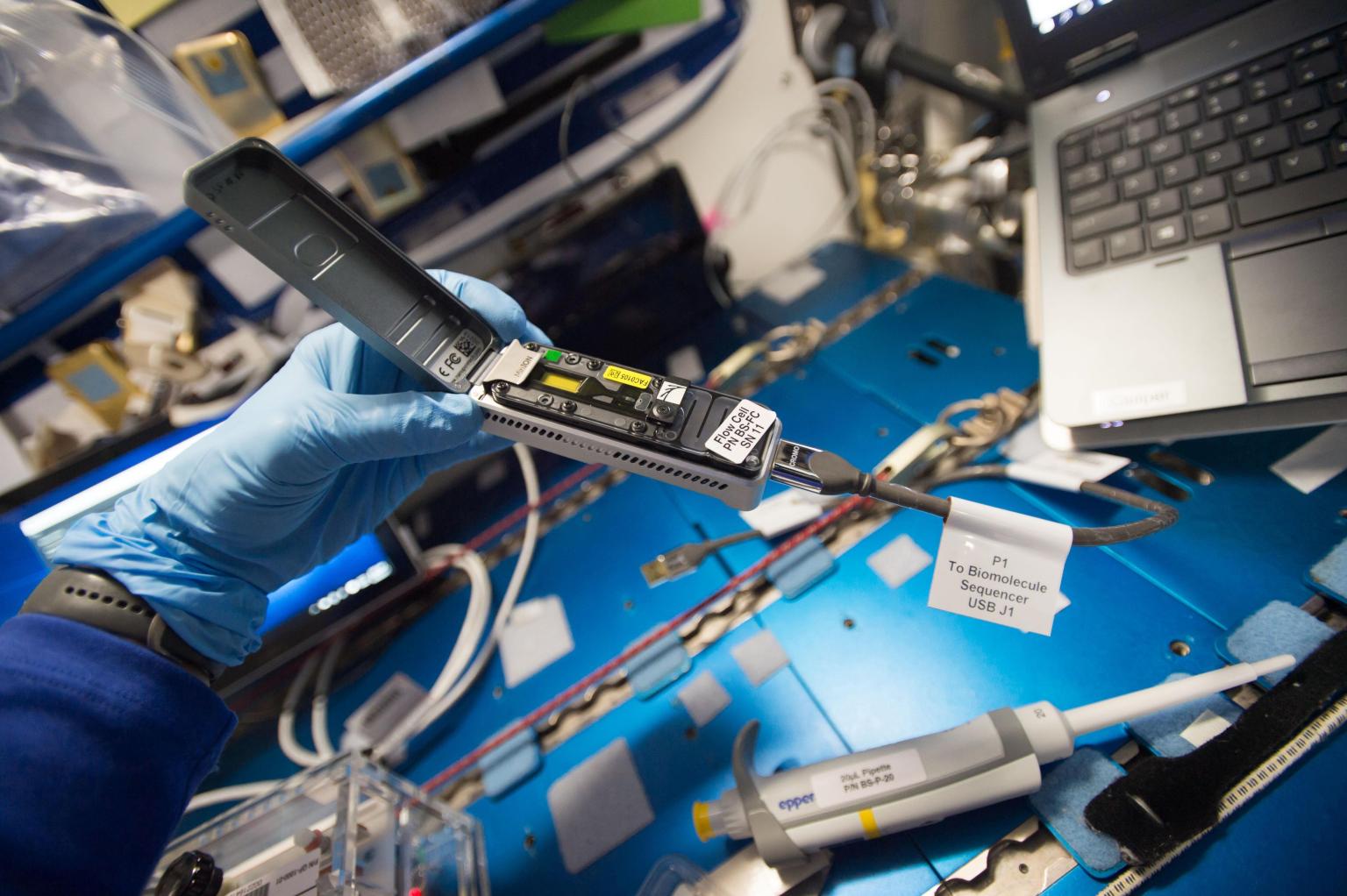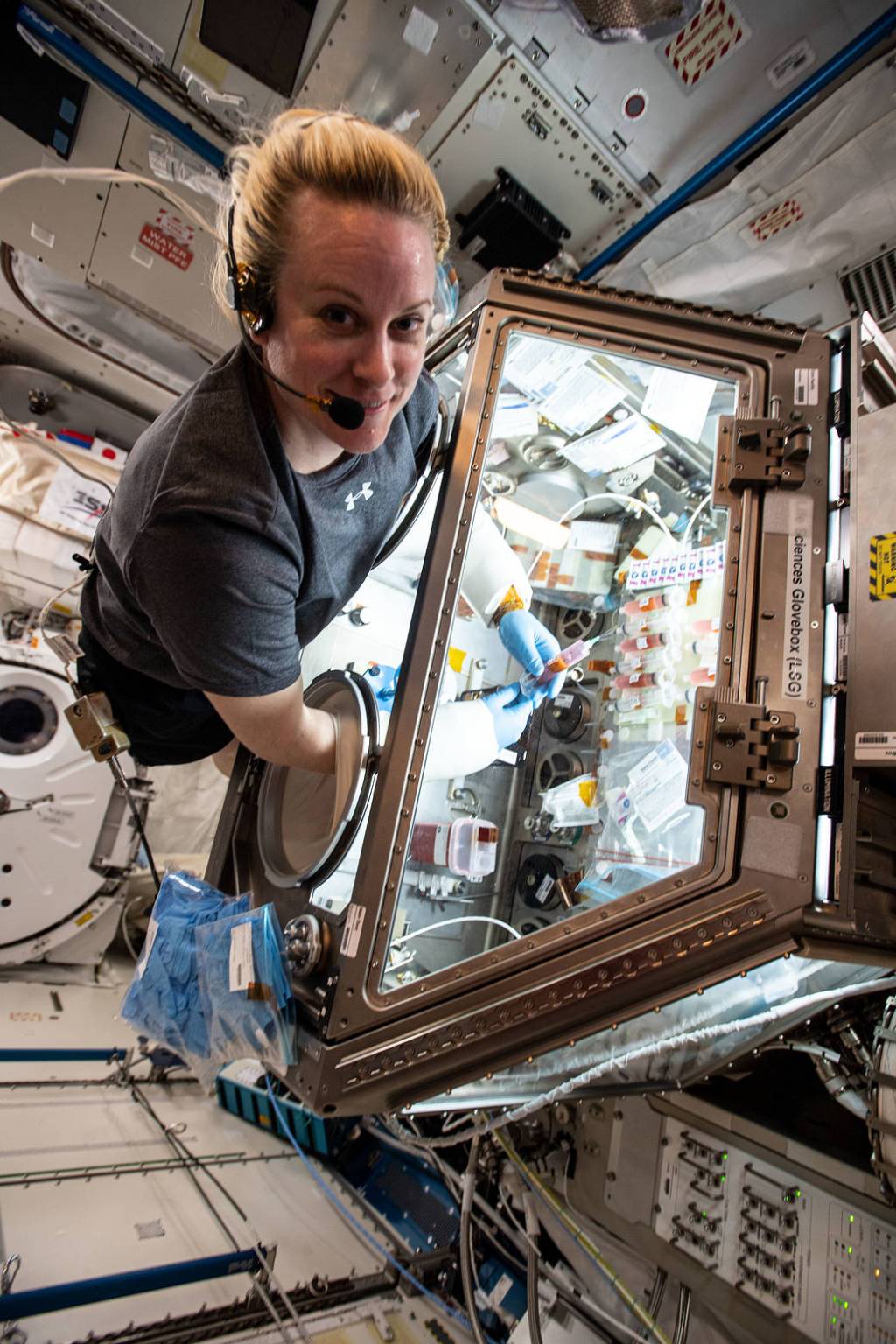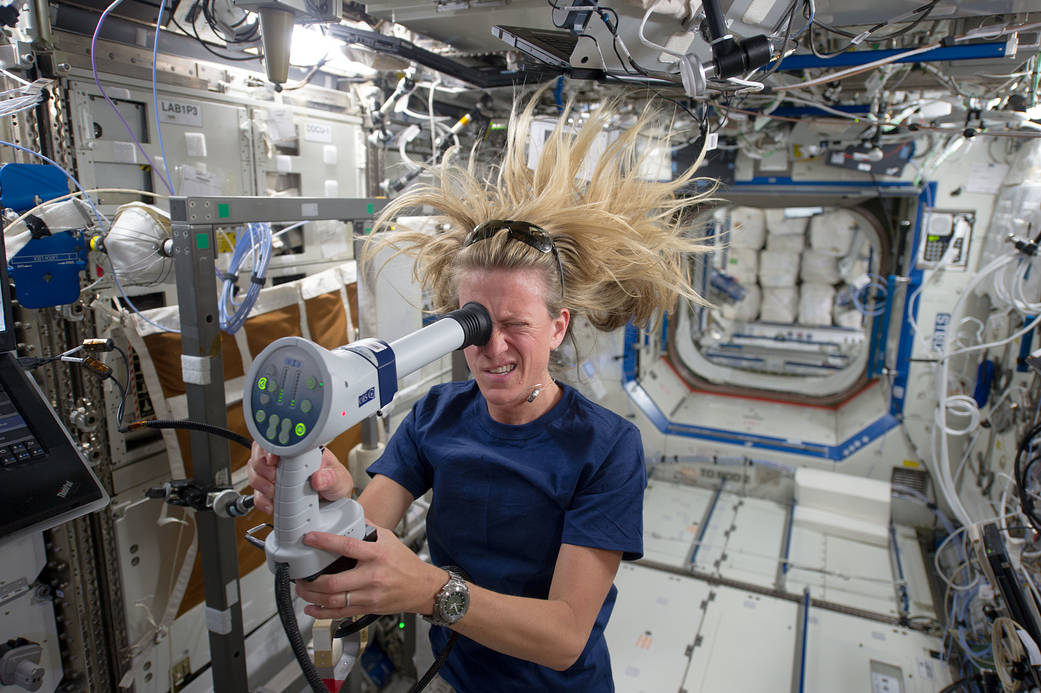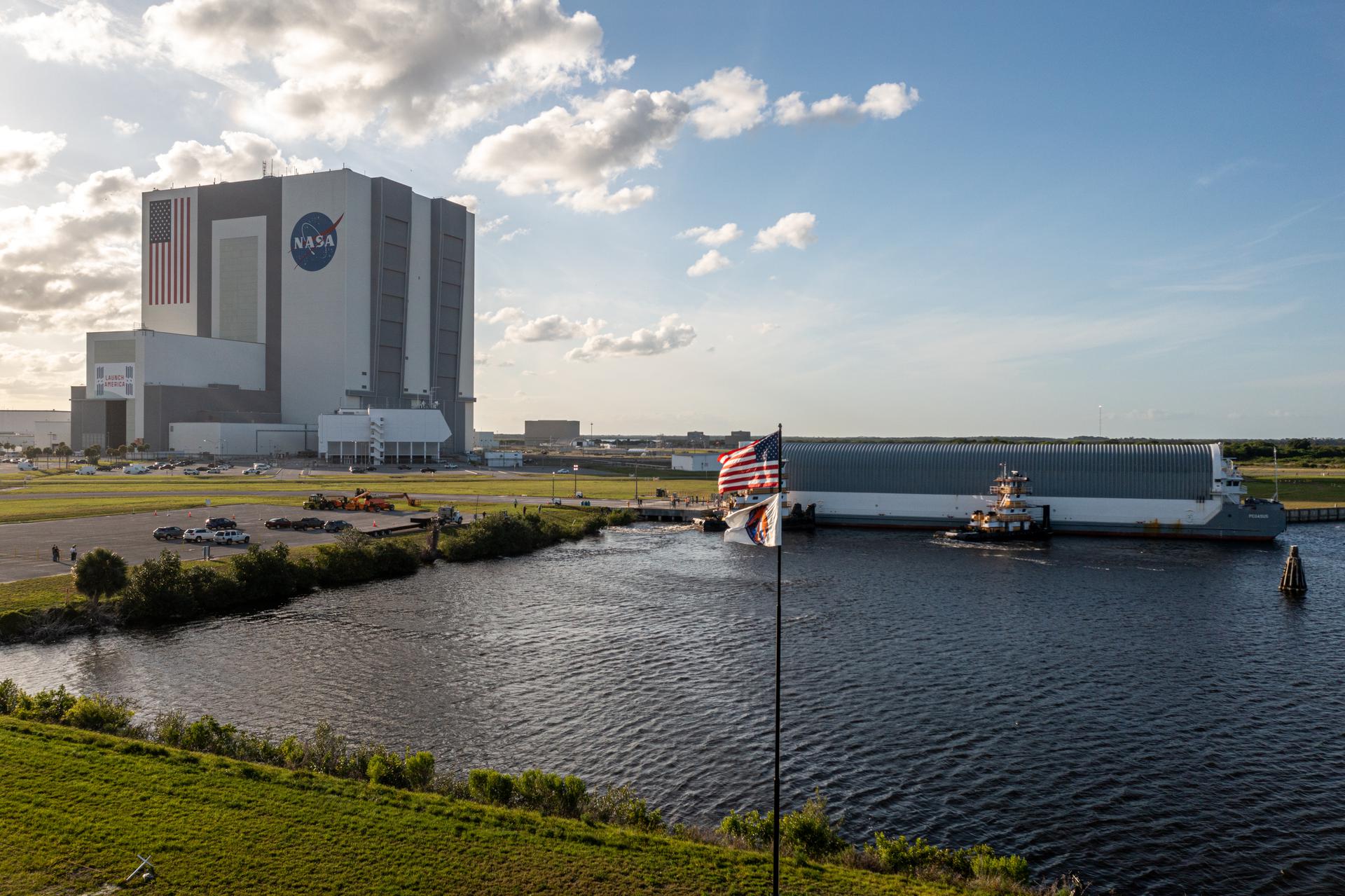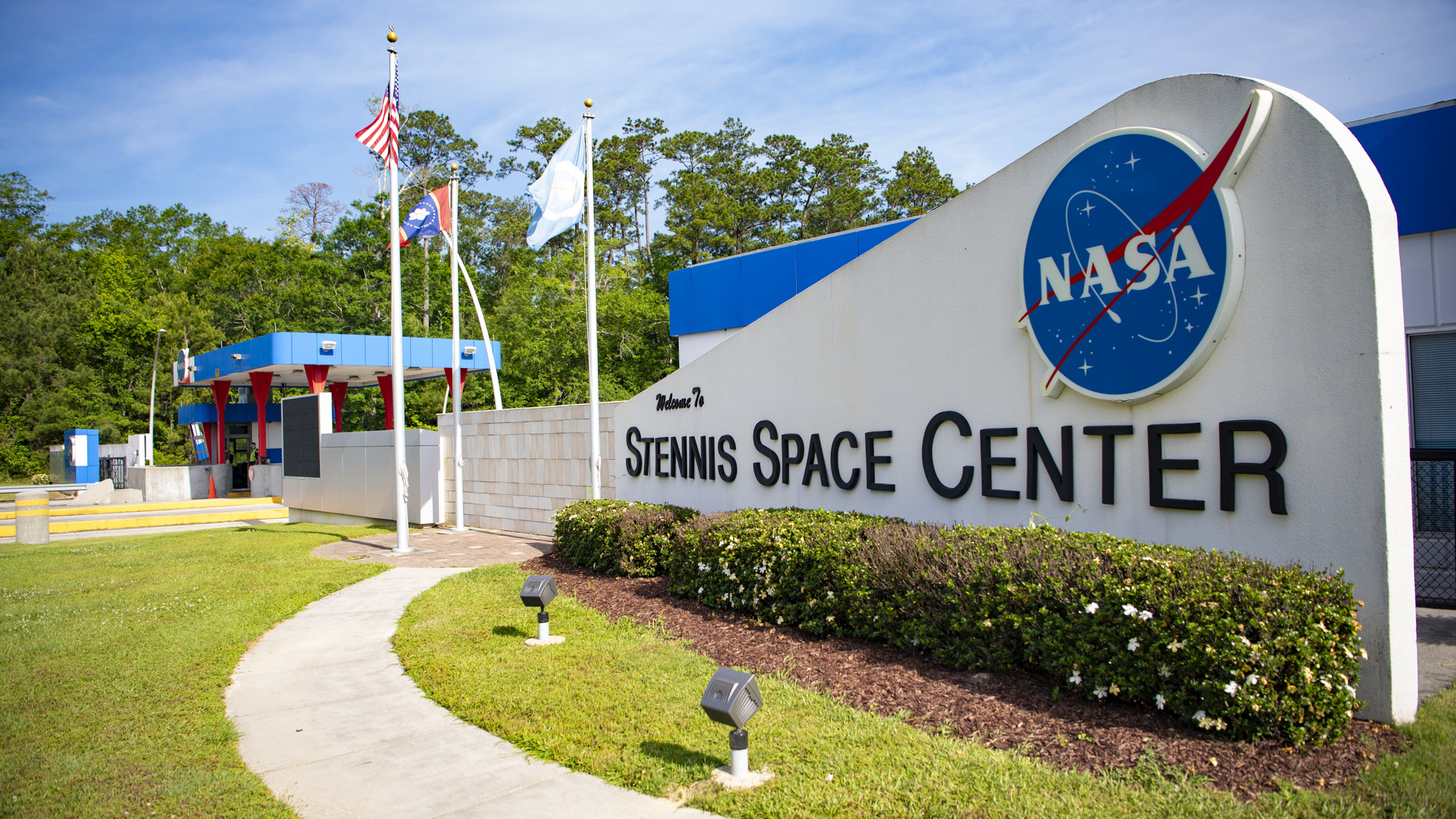Wearable Tech for Space Station Research
Science in Space Nov 2024 Many of us wear devices that count our steps, measure our heart rate, track sleep patterns, and more. This information can help us make healthy decisions – research shows the devices encourage people to move more, for example – and could flag possible problems, such as an irregular heartbeat. Wearable […]

Wearable Tech for Space Station Research
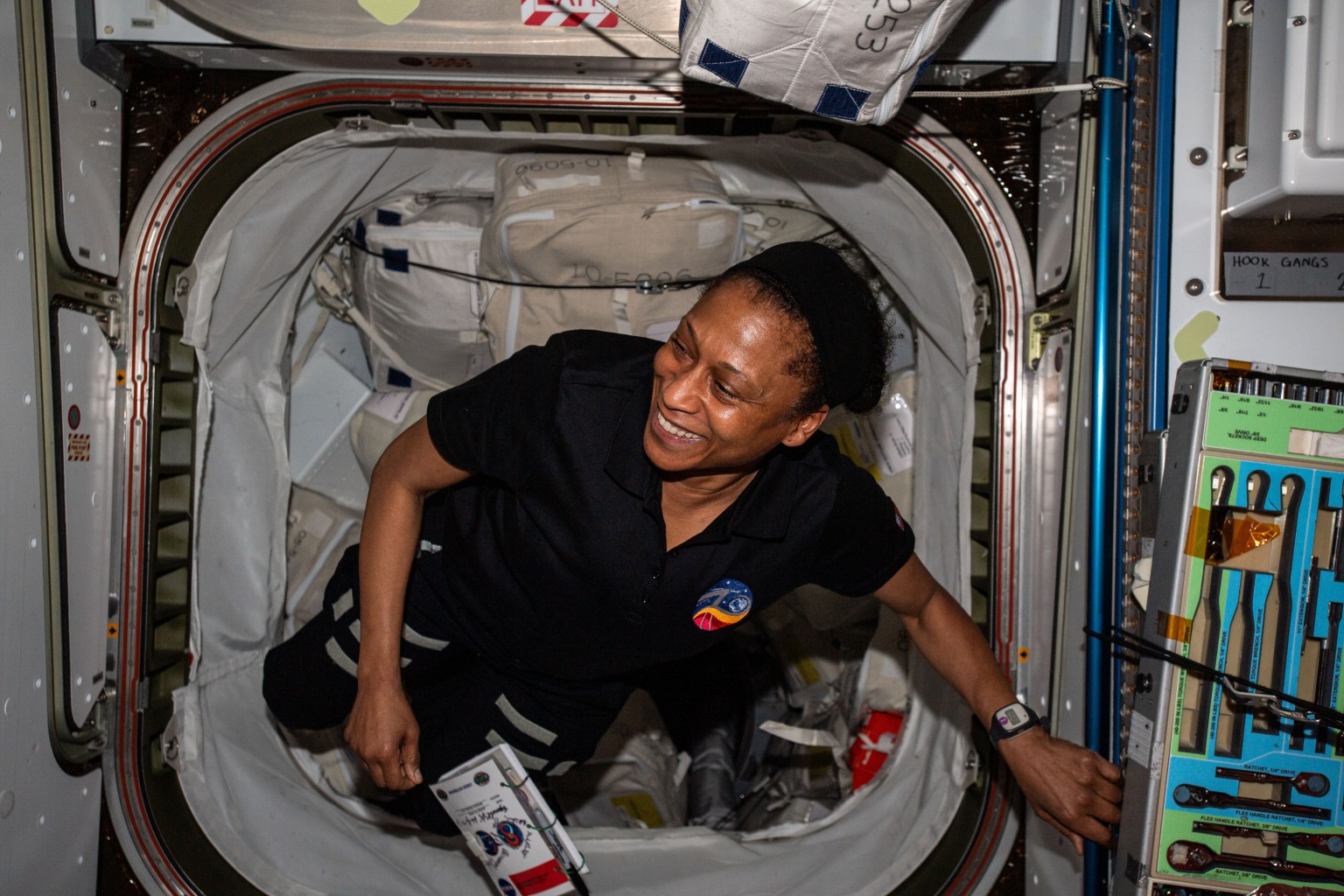
Science in Space Nov 2024
Many of us wear devices that count our steps, measure our heart rate, track sleep patterns, and more. This information can help us make healthy decisions – research shows the devices encourage people to move more, for example – and could flag possible problems, such as an irregular heartbeat.
Wearable monitors also have become common tools for research on human health, including studies on the International Space Station. Astronauts have worn special watches, headbands, vests, and other devices to help scientists examine sleep quality, effectiveness of exercise, heart health, and more.
Warm to the core
Spaceflight can affect body temperature regulation and daily rhythms due to factors such as the absence of convection (a natural process that transfers heat away from the body) and changes in the cardiovascular and metabolic systems.
A current investigation from ESA (European Space Agency), Thermo-Mini or T-Mini examines how the body regulates its core temperature during spaceflight. The study uses a non-invasive headband monitor that astronauts can wear for hours at a time. Data from the monitor allow researchers to determine the effect on body temperature from environmental and physiological factors such as room temperature and humidity, time of day, and physical stress. The same type of sensor already is used on Earth for research in clinical environments, such as improving incubators, and studies of how hotter environments affect human health.
Thermolab, an earlier ESA investigation, examined thermoregulatory and cardiovascular adaptations during rest and exercise in microgravity. Researchers found that core body temperature rises higher and faster during exercise in space than on Earth and that the increase was sustained during rest, a phenomenon that could affect the health of crew members on long-term spaceflight. The finding also raises questions about the thermoregulatory set point humans are assumed to have as well as our ability to adapt to climate change on Earth.
To sleep, perchance to dream
Spaceflight is known to disrupt sleep-wake patterns. Actiwatch Spectrum, a device worn on the wrist, contains an accelerometer to measure motion and photodetectors to monitor ambient lighting. It is an upgrade of previous technology used on the space station to monitor the length and quality of crew member sleep. Data from earlier missions show that crew members slept significantly less during spaceflight than before and after. The Actiwatch Sleep-Long investigation used an earlier version of the device to examine how ambient light affects the sleep-wake cycle and found an association between sleep deficiency and changes during spaceflight in circadian patterns, or the body’s response to a normal 24-hour light and dark cycle. Follow up studies are testing lighting systems to address these effects and help astronauts maintain healthy circadian rhythms.
Wearable Monitoring tested a lightweight vest with embedded sensors to monitor heart rate and breathing patterns during sleep and help determine whether changes in heart activity affect sleep quality. The technology offers a significant advantage by monitoring heart activity without waking the test subject and could help patients on Earth with sleep disorders. Researchers reported positive performance and good quality of recorded signals, suggesting that the vest can contribute to comprehensive monitoring of individual health on future spaceflight and in some settings on Earth as well.
These and other studies support development of countermeasures to improve sleep for crew members, helping to maintain alertness and lessen fatigue during missions.
(Not) waiting to exhale
Humans exhale carbon dioxide and too much of it can build up in closed environments, causing headaches, dizziness, and other symptoms. Spacecraft have systems to remove this substance from cabin air, but pockets of carbon dioxide can form and be difficult to detect and remove. Personal CO2 Monitor tested specially designed sensors attached to clothing to monitor the wearer’s immediate surroundings. Researchers reported that the devices functioned adequately as either crew-worn or static monitors, an important step toward using them to determine how carbon dioxide behaves in enclosed systems like spacecraft.
Radiation in real time
EVARM, an investigation from CSA (Canadian Space Agency), used small wireless dosimeters carried in a pocket to measure radiation exposure during spacewalks. The data showed that this method is a feasible way to measure radiation exposure, which could help focus routine dosage monitoring where it is most needed. Any shielding and countermeasures developed also could help protect people who work in high-radiation areas on Earth.
ESA’s Active Dosimeter tested a radiation dosimeter worn by crew members to measure changes in their exposure over time based on the space station’s orbit and altitude, the solar cycle, and solar flares. Measurements from the device allowed researchers to analyze radiation dosage across an entire space mission.
The Active Dosimeter also was among the instruments used to measure radiation on NASA’s Orion spacecraft during its 25.5-day uncrewed Artemis I mission around the Moon and back in 2022.
Another device tested on the space station and then on Artemis I, AstroRad Vest is designed to protect astronauts from solar particle events. Researchers used these and other radiation measuring devices to show that Orion’s design can protect its crew from potentially hazardous radiation levels during lunar missions.
The International Space Station serves as an important testbed for these technologies and many others being developed for future missions to the Moon and beyond.
Melissa Gaskill
International Space Station Research Communications Team
Johnson Space Center
What's Your Reaction?



















.jpg?#)























